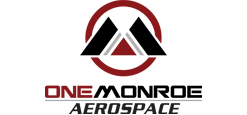
Aircraft maintenance encompasses a wide range of components. In addition to the fuselage and landing gear, for instance, flight control surfaces require maintenance.
Flight control surfaces are adjustable parts that allow pilots to control the airplane’s direction or altitude during flight. Ailerons, elevators, slats, flaps and rudders are all flight control surfaces. With regular maintenance, these parts will continue to work safely and as intended.
Inspections
Flight control surfaces must be inspected. Pilots, for instance, will often perform preflight inspections prior to takeoff. During these preflight inspections, they will check the airplane’s flight control surfaces for visible signs of damage or defects.
In addition to preflight inspections, flight control surfaces are also subject to more comprehensive inspections. A and C checks, for instance, involve engineers or technicians accessing various aircraft parts, such as flight control surfaces, to verify integrity. While preflight inspections are performed each time the airplane takes off, comprehensive inspections like A and C checks are only performed about once every five to 10 years.
Lubrication
Flight control surfaces must be properly lubricated. While there are nuances between them, all flight control surfaces are adjustable. They typically consist of hinge-like components affixed to the wings — either the leading or trailing edge of the wings — or the tail assembly. With little or no lubrication, they will encounter excess friction during use, which can lead to premature failure.
Another reason flight control surfaces require lubrication is to protect against corrosion. Most flight control surfaces are made of aerospace-grade aluminum or carbon alloy. Without lubrication, these metal surfaces will be exposed to corrosion-causing moisture. Lubrication, though, acts as a shield to protect the underlying metal from the elements.
Alignment
Flight control surfaces must be aligned. They all have a starting or “neutral” position. This is the default position that allows for a streamlined shape with the airplane. When pilots adjust a particular flight control surface, it will extend or otherwise move from this position, thereby altering the airplane’s movement or altitude.
Engineers must align flight control surfaces to ensure that they work as intended. If the angle of a flight control surface is outside of the limited set by the aircraft manufacturer, they’ll have to adjust it. Alignment tasks such as this are typically done via cables, rods or by recalibrating servos or sensors.
In Conclusion
Flight control surface maintenance plays a crucial role in the overall upkeep of an aircraft. These adjustable components must undergo routine inspections, receive proper lubrication and be correctly aligned to ensure optimal performance.



